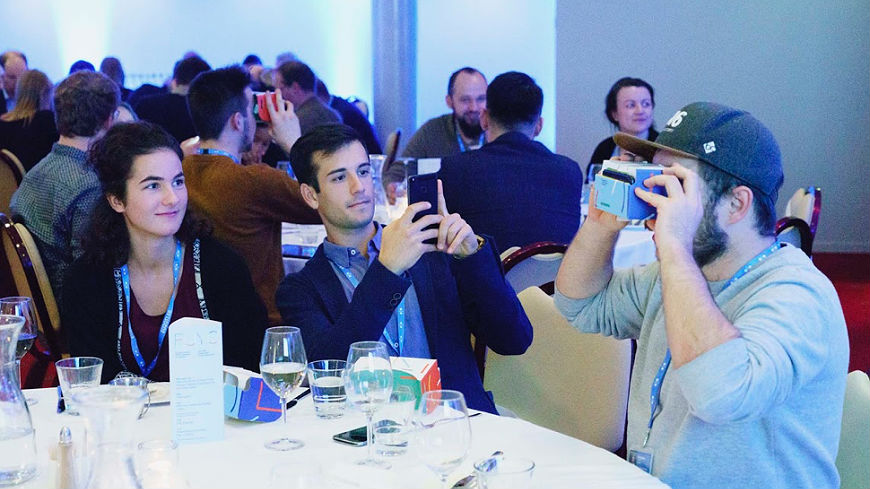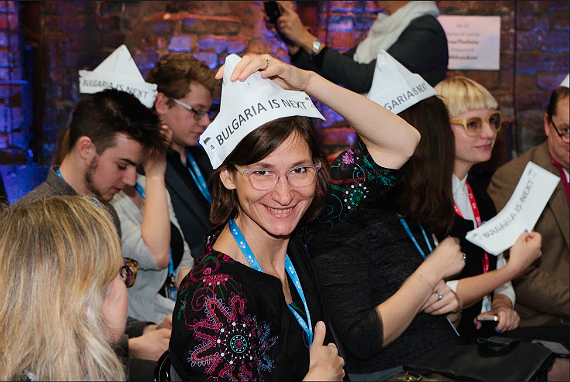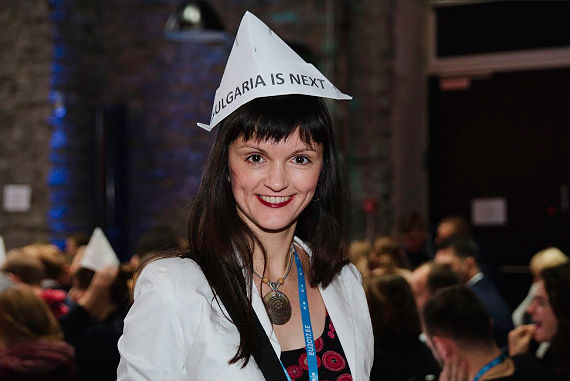Youth in Europe – What’s next?
EU Youth Conference in Tallinn
By Reelika Ojakivi
15/06/2018
The EU Youth Conference in the framework of the 6th cycle of the Structured Dialogue took place in Tallinn, in Estonia (23-26 October 2017). The conference brought together approximately 260 young people, policy makers and other stakeholders from the youth field in order to explore what really matters to young people today and to map all possible questions, topics, hopes, problems and challenges influencing young people and their lives today and in the future.
The Structured Dialogue is an 18-month process composed of three six-month-long presidencies (in this 6th cycle: Estonia, Bulgaria and Austria) and three European Youth Conferences. The topic of the 6th cycle of the Structured Dialogue is “Youth in Europe – What’s next?”.
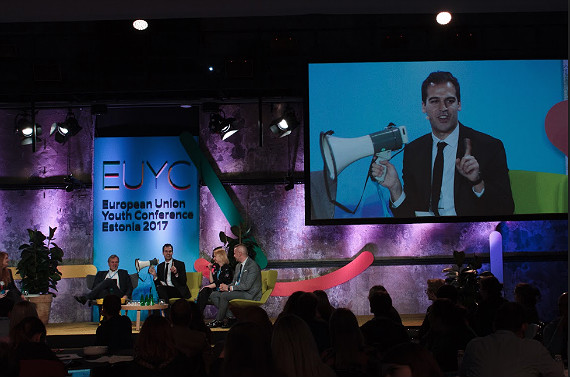
The guiding concept of the conference was inspired by the latest rapid digital developments that affect the everyday life of all aspects of our society, in particular the young population, but also the new formats of work and business models and the new ways of self-expression and self-development. The conference was grounded on the belief that the future of Europe and society is dependent on young people.
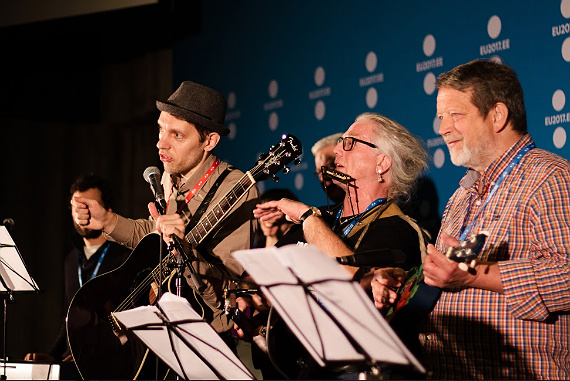
Diversification of young people: we asked national authorities to nominate young people from different backgrounds to form the delegations. In addition to involving all the EU member states we invited the Eastern Partnership, EFTA and EU candidate countries representatives to take part in the conference.
Fewer facilitators than usual: the leading team of facilitators comprised Piret Jeedas (Ruumiloojad, Estonia), David Jul (Kaospilot, Denmark) and Tea Jarc (Slovenia, nominated through the European Youth Forum), who designed the overall conference programme.
Diversification of methodology used: a mix of plenary sessions, workshop sessions and new ways of self-expression and self-development – self-organised participation formats, use of digital solutions, different arts, interactive spaces, etc.

Young people themselves raised the issues most relevant to them and led the discussion groups: 19 different topic areas were addressed (next to the more obvious topics such as education, employment and the environment, participants addressed migration, mental health, Euroscepticism, fake news, etc.).
Web streaming of the conference by the Estonian Public Broadcasting corporation and the use of social media – to open up the conference to more young people and facilitate their input to the conference. People from all over the world had a chance to contribute and ask questions via Twitter or Instagram, all of which were seen in real time at the conference venue.
Involvement of professional youth research expertise (Dan Moxon and Ondras Barta) in co-operation with the European Pool of Youth Researchers of the EU–Council of Europe Youth Partnership: harvesting the results, proposing the consultation questions and analysing the answers helped raise the quality of the whole process. One difference from previous conferences was that the participants previously were not directly involved in shaping the consultation questions as an end result of the conference.
Involvement of keynote listeners – they supported the researchers at the conference by making topics and diverse issues visible.
Introduction of interesting and innovative start-up solutions from Estonia in the Showroom Demo area of the conference venue. All the participants could try Sprayprinter, a smart hand printer. Three pictures were made, which were chosen via Instagram as being the most popular.
Use of digital solutions. For example, the use of Messente (an Estonian start-up) for operational communication with the delegates of the conference (for example sharing the information about the starting time of the guided tours). It also allowed the sending of information to the delegates by SMS (without any need for the internet and existence of smartphones). Another example of digital solutions we used was the virtual reality glasses that introduced Estonia through the use of 360° videos.

Inspiration for outlooks on the future came from 11-year old Gustav Paul Tamkivi, who has created a YouTube channel where he teaches maths to other children.
There were two main results from the EU Youth Conference in Tallinn. First, outlining the guidelines for the open youth consultation in all the EU member states as the part of the Structured Dialogue during the period November 2017 to February 2018. Second, proposing the next EU Youth Strategy, to be published by the European Commission in early summer 2018.
During the Director-Generals’ meeting in Tallinn (26-27 October 2017) smart youth work and the use of digital tools in youth work was discussed, both in a plenary and in the working groups. For example, a wish was expressed to consider having the next European Big Data Hackathon on the theme of youth issues or the youth field.
|
|
|

